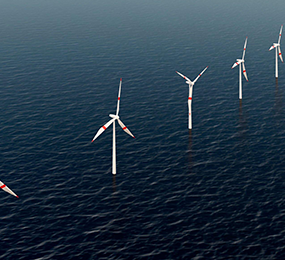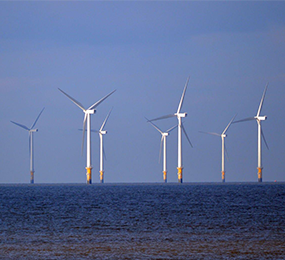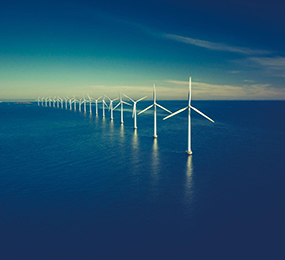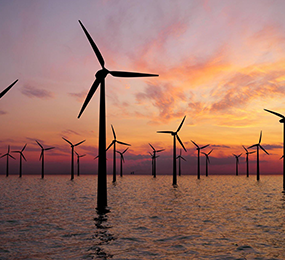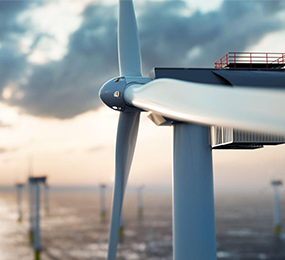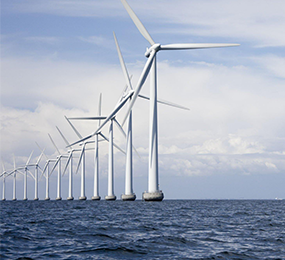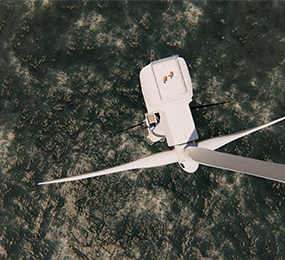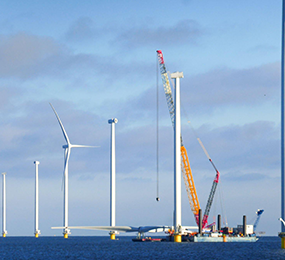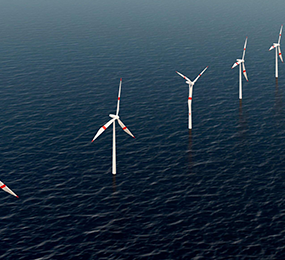The development and deployment of floating offshore wind projects require significant capital investment. Securing adequate financing is crucial for bringing these projects to fruition. This article explores the various financing models employed in the floating offshore wind sector and the challenges and opportunities associated with project finance.
Traditional Financing Models
- Debt Financing: This involves borrowing money from lenders, such as banks or other financial institutions, to finance project costs. Debt financing typically involves fixed interest rates and repayment schedules. However, the high upfront costs and long-term nature of floating wind projects can make traditional debt financing challenging.
- Equity Financing: Equity financing involves raising capital by selling shares in the project to investors. This model can provide a more flexible approach to financing, but it also exposes investors to higher risk.
Innovative Financing Mechanisms
- Project Finance: Project finance is a specialized form of financing that involves raising capital for specific projects. This model allows investors to finance a project without directly owning the assets. Instead, the project itself is used as collateral to secure financing.
- Green Bonds: Green bonds are debt instruments specifically designed to finance climate-friendly projects, including renewable energy projects like floating wind. These bonds offer investors an opportunity to contribute to sustainable development while earning a return on their investment.
- Public-Private Partnerships (PPPs): PPPs involve collaboration between public and private sector entities to finance and deliver infrastructure projects. These partnerships can provide a stable and predictable revenue stream for investors, reducing risk and attracting investment.
- Crowdfunding: Crowdfunding platforms allow individuals to invest in projects, even on a small scale. This model can be particularly useful for smaller-scale floating wind projects or for projects focused on community benefits.
Challenges and Opportunities
The financing of floating offshore wind projects faces several challenges, including high upfront costs, long project timelines, and the inherent risks associated with offshore operations. However, these challenges also present opportunities for innovative financing solutions and strong returns on investment.
To address these challenges, governments can play a crucial role in creating a supportive policy environment, such as providing tax incentives, subsidies, and streamlined regulatory processes. Additionally, international cooperation and knowledge sharing can help to reduce risks and attract investment.
As the floating offshore wind industry matures, we can expect to see a growing diversity of financing options. By leveraging innovative financing models, risk mitigation strategies, and strong government support, the industry can continue to attract the necessary capital to fuel its growth and contribute to a sustainable energy future.
To register or learn more about the Forum please check here: https://www.leadventgrp.com/events/5th-annual-floating-wind-europe/details
For more information and group participation, contact us: [email protected]


